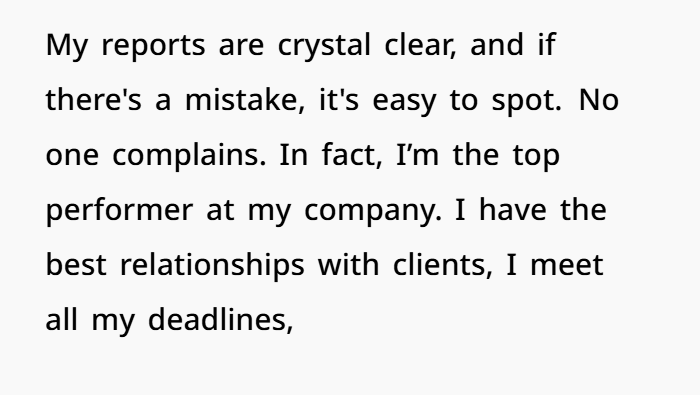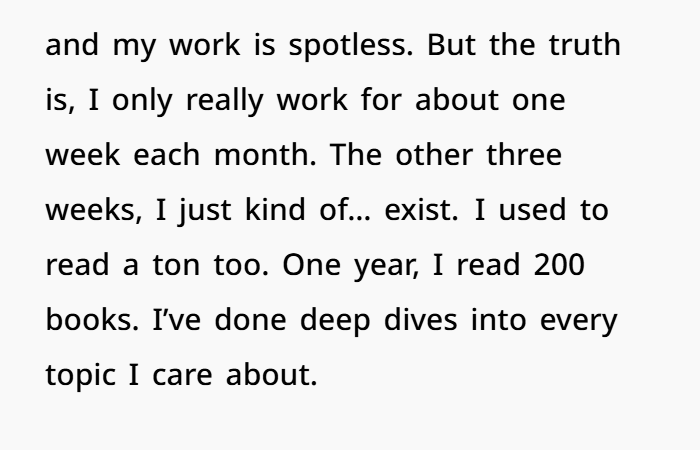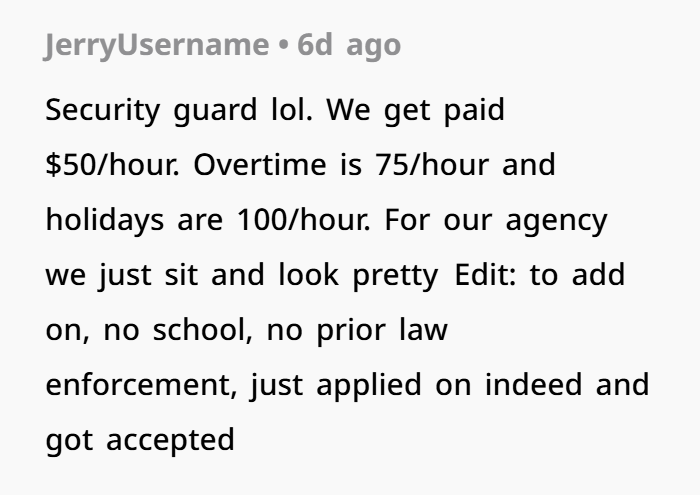The Hidden Cost of Efficiency: When Overachievement Breeds Burnout
In an age where productivity is often equated with success, one employee’s story stands out as both impressive and cautionary. Earning $80,000 annually, this individual has streamlined their role to such an extent that only one week of genuine work is required each month. The remaining time is spent on leisure activities, yet their performance metrics remain stellar—top client relationships, punctual reports, and impeccable accuracy. Despite this, a profound sense of dissatisfaction looms, revealing a paradox where peak efficiency leads not to fulfillment but to a state of silent burnout.
This narrative underscores a growing workplace phenomenon where employees, having mastered their roles, find themselves under-stimulated and disengaged. The initial triumph of overcoming challenges and optimizing workflows gives way to monotony and a lack of purpose. This silent struggle highlights the need to reassess how success and productivity are defined and measured in modern work environments.







The scenario described aligns with a broader trend in the workforce, where overachievement without adequate challenge or recognition leads to a unique form of burnout. Unlike traditional burnout, characterized by exhaustion from overwork, this “underchallenged burnout” stems from a lack of meaningful engagement. Employees in such situations often experience a decline in motivation and a sense of purposelessness, despite maintaining high performance levels.
This phenomenon is closely related to the concept of “quiet quitting,” where employees fulfill their job requirements without going beyond the call of duty. While this can be a healthy boundary-setting mechanism, it may also signal deeper issues such as disengagement and emotional exhaustion. The overlap between quiet quitting and underchallenged burnout suggests that employees may be silently struggling, even as they meet or exceed expectations.
From an organizational perspective, this silent disengagement can have significant implications. Companies may overlook the signs of underutilized talent, leading to missed opportunities for innovation and growth. Moreover, the lack of recognition and advancement pathways can exacerbate feelings of stagnation among high-performing employees.

To address this, organizations should consider implementing strategies that promote continuous learning and development. This could include offering new challenges, providing opportunities for skill diversification, and recognizing achievements beyond standard performance metrics. By fostering an environment that values growth and acknowledges the contributions of all employees, companies can mitigate the risks associated with underchallenged burnout and quiet quitting.
Naturally, some folks wanted more details






